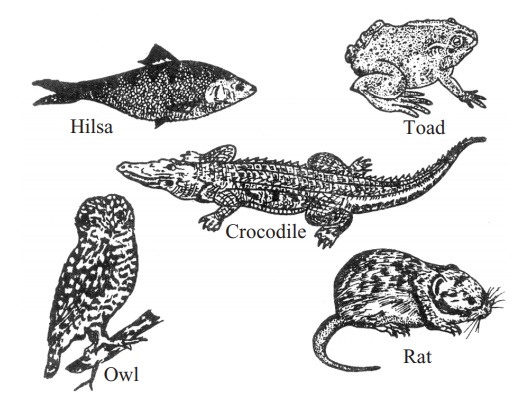Chapter: Biology: Animal Diversity and Classification
Phylum chordata

Phylum chordata:
Habit and habitat: Animals of this phylum are found in almost all habitats ofworld. Some species live in land. Among the aquatic chordates some live in fresh water and some in marine water. Many species are arboreal, desert dweller, polar, cave dweller and carsorial. Some members of phylum chordate are ectoparasite on other animals.

Identifying characters:
Through out life or only at the embryonic stage animals of the phylum chordata have four principal characteristics:
1. Notochord: They have in the middle of the dorsal side of the body a soft.flexible. rod shaped, firm, un-segmented structure called notochord, throughout the life or only in embryonic condition. In higher chordates, it.is replaced by bony vertebral column.
2. Nerve cord: A single medium, hollow nerve cord on the dorsal side of bodyis present.
3. Throughout life or at any stage of the life-cycle there are lateral pharyngealgill slits.
4. In case of aquatic chordate body behind the anus modified into a muscular
tail which is accssory organ of locomotion.
Example: Bufo melanostictus(Toad)Crocodylus porosus(saline watercrocodile) Homo sapiens (Man) Bubo bubo (owl) Catla catla (catla fish) Ascidia (Ascidia) Scoliodon (shark) Tenualosa ilsha (Hilsa fish) Mus musculus (Small rat) Bandicota indica (Large rat)
Related Topics